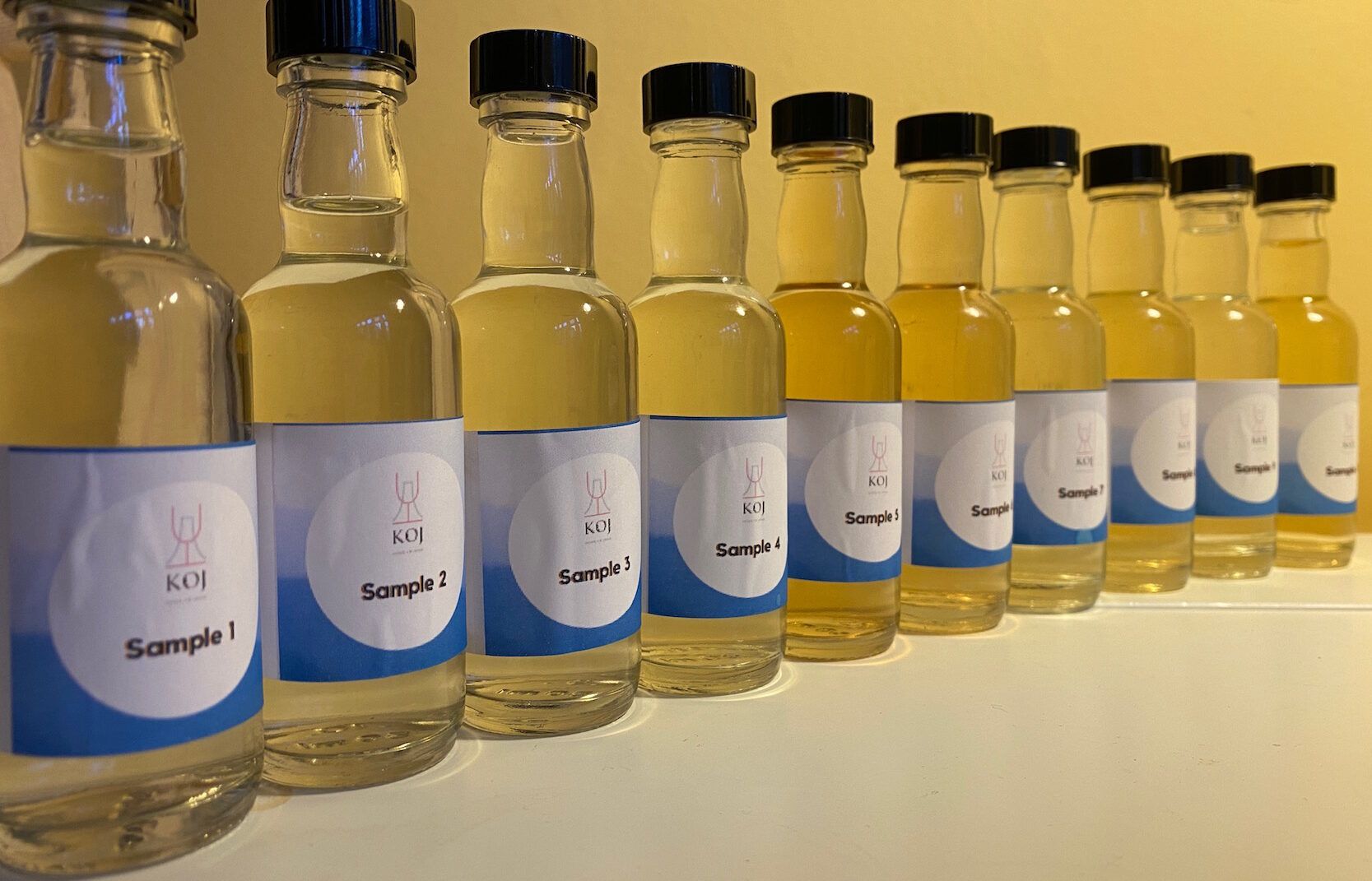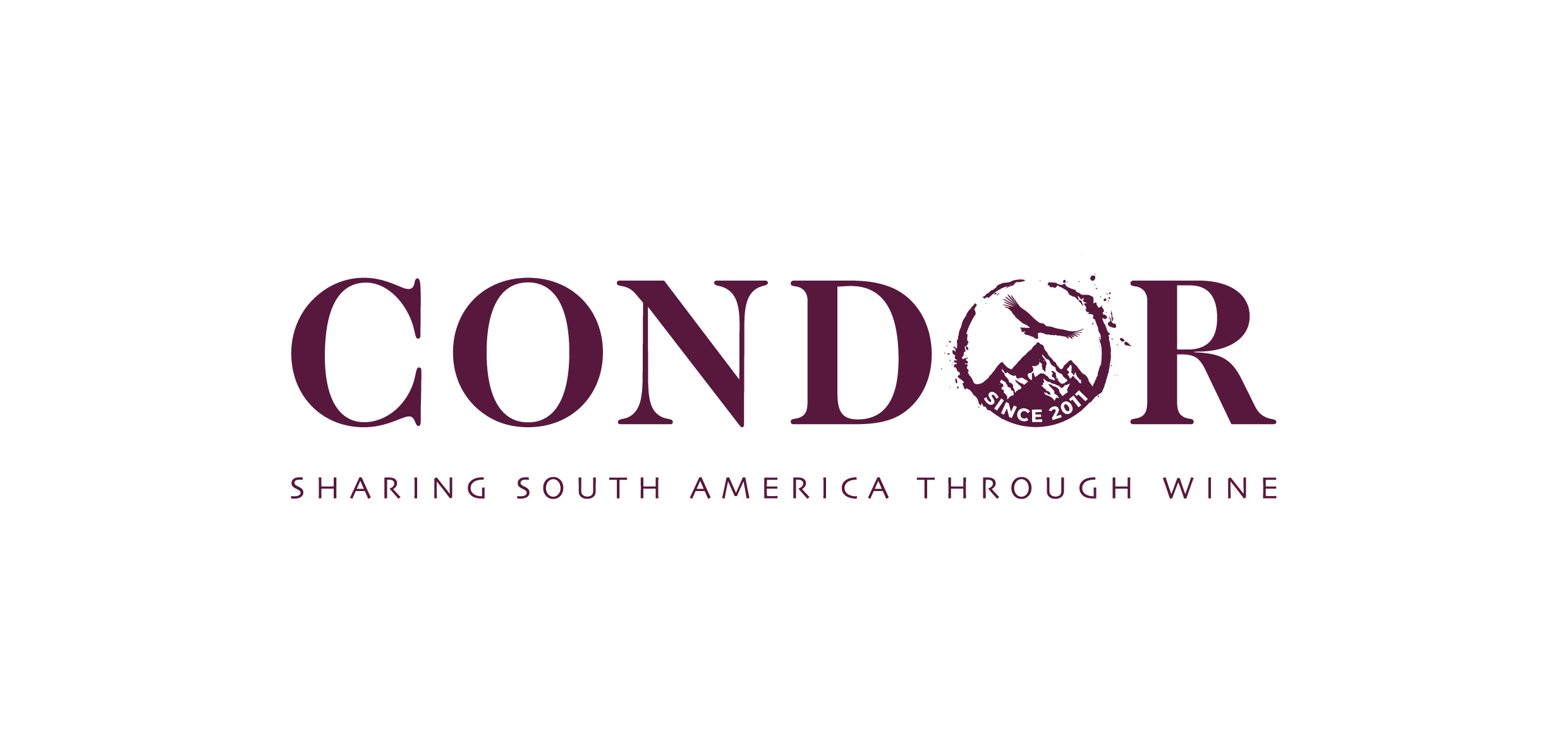To try and build awareness for a still relatively unknown wine such as Koshu – the geographical reach of a virtual tasting was almost better than a London-based real-life event.
It was the ‘limitation’ of this year’s Koshu of Japan (KOJ) tasting being virtual that, ironically, was one of its greatest strengths. Ten wines were chosen from ten wineries, each of them still Koshu wines, which allowed Masterclass host Anthony Rose to really drill down into what is so unique about this distinctively Japanese grape.
This virtual tasting also facilitated a far larger audience for Rose’s insight, key buyers who might not have been able to travel to a London-based tasting nor get a seat at one of the smaller, physical master classes of previous years. I counted over 70 or so participants, including many top sommeliers and off trade buyers.
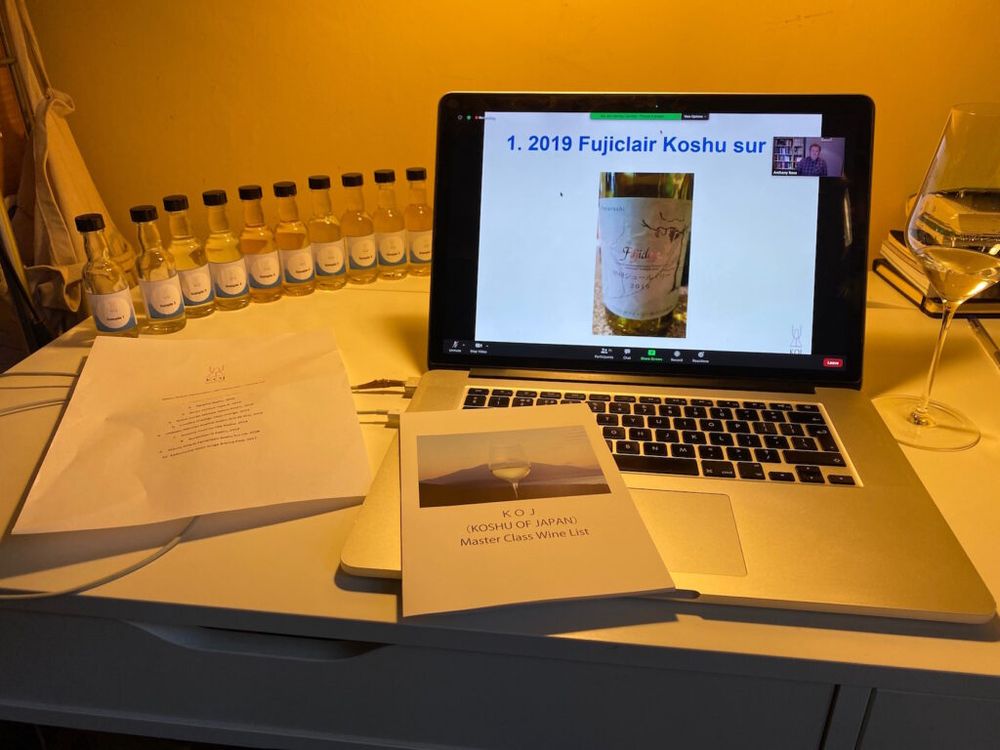
It was also somehow fitting to be alone in front of your computer screen at 10am with 10 immaculate examples of what the Koshu grape can do, rather than at a busy tasting, finding elbow room. After all, Koshu wine has an intensity borne out of its quietness – in the same way that Pianissimo is often the most intense passage in a piece of classical music.
This year was the 11th for Koshu of Japan to hold a generic tasting in the UK and in the past two years it has been the diversity of Koshu wines and Japanese winemaking in general that have been the key messages. Such is the quality of the red wines now being produced by KOJ’s 15 members that the discovery of how good they are at February’s tasting in London, particularly the low ABV Syrah and Bordeaux blends, almost overshadowed the main event, namely, a celebration of the Koshu grape – a variety that almost certainly hails from Georgia but made its way across the Silk Road and found its true home in Japan a thousand years ago.

Anthony Rose, masterclass February 2020
This is not to say that the 10 wines on show at this year’s tasting lacked diversity, far from it, the wines were well chosen to demonstrate a range. We started with the benchmark Koshu style of water-white wines, delicate, refreshing, light to medium-bodied, elegant in acidity, a touch of tannin, citrusy and floral, and all made un-oaked with poise and precision. And then from there we moved to wines that have more body, are made sur lie, in an orange style, and finally oaked.
It was like one of those Caran d’Ache pencil sets that have a gentle gradation of shades and colours but are all still precise, uniform and clearly related to one another.
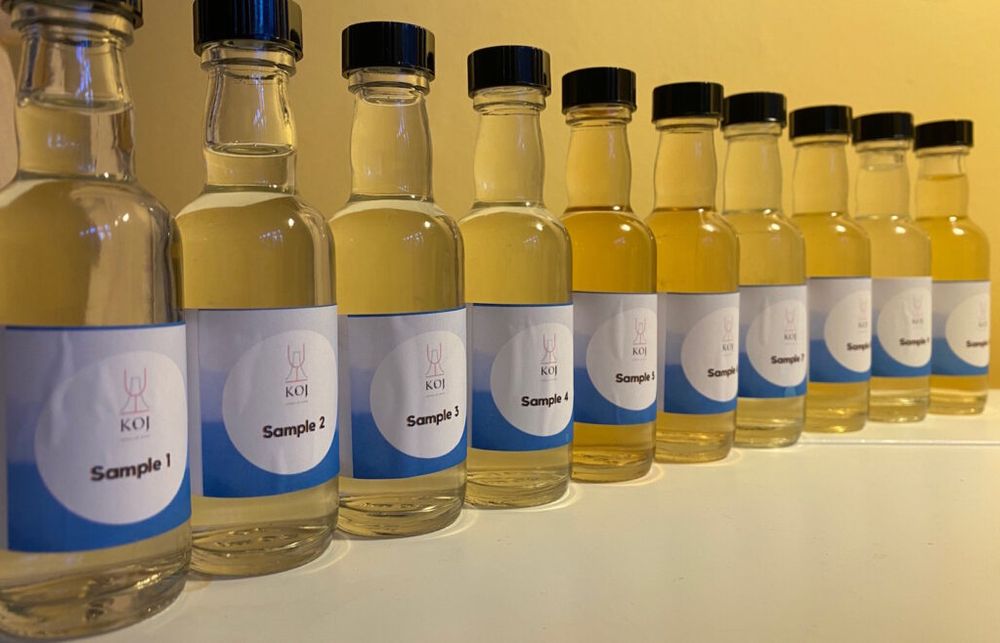
Like a Caran d’Ache pencil set: an intriguing array of subtle differences
Koshu in its purest expression is adept at translating its volcanic soils to the palate in much the same way as other wines from volcanic islands. As we tasted through the ten wines, so more work in the winery was evidenced – the saline, agile, fine textures of the benchmark Koshu being replaced by wines which had more body and richness, phenolic grip, umami notes, greater texture and tannin. It really was an intriguing array of aromatics and flavours.
The tasting really delivered on its promise – looking at the comments in Zoom’s chat facility throughout the event it was evident that many attending key buyers had not really experienced Koshu before with this level of focus.
For me, this was the sixth Koshu tasting I have attended and the standard has risen remarkably in that time. Where six years ago it was fairly easy to find an average-tasting bottle of Koshu that is clearly not the case any more. The explanation is that, even though Koshu has roots in ancient Japanese history, it wasn’t until 2000 or thereabouts that the modern industry took off in any meaningful way, so Koshu has been playing ‘catch-up’. What had happened was that in 1970 Japan ended its import tax and wine drinkers simply forgot about its indigenous grape, preferring to drink imported, international varieties instead.
Even now just four out of every hundred bottles consumed in Japan is Koshu, so there is still a lot of catching up to do, and a lot of education needed despite its upward trajectory (attributed to more people, particularly women, drinking at home).
Events like the London Koshu tasting can only assist in KOJ’s aims of improving the quality of Koshu grapes, wines and increase the awareness of these wines on global markets.
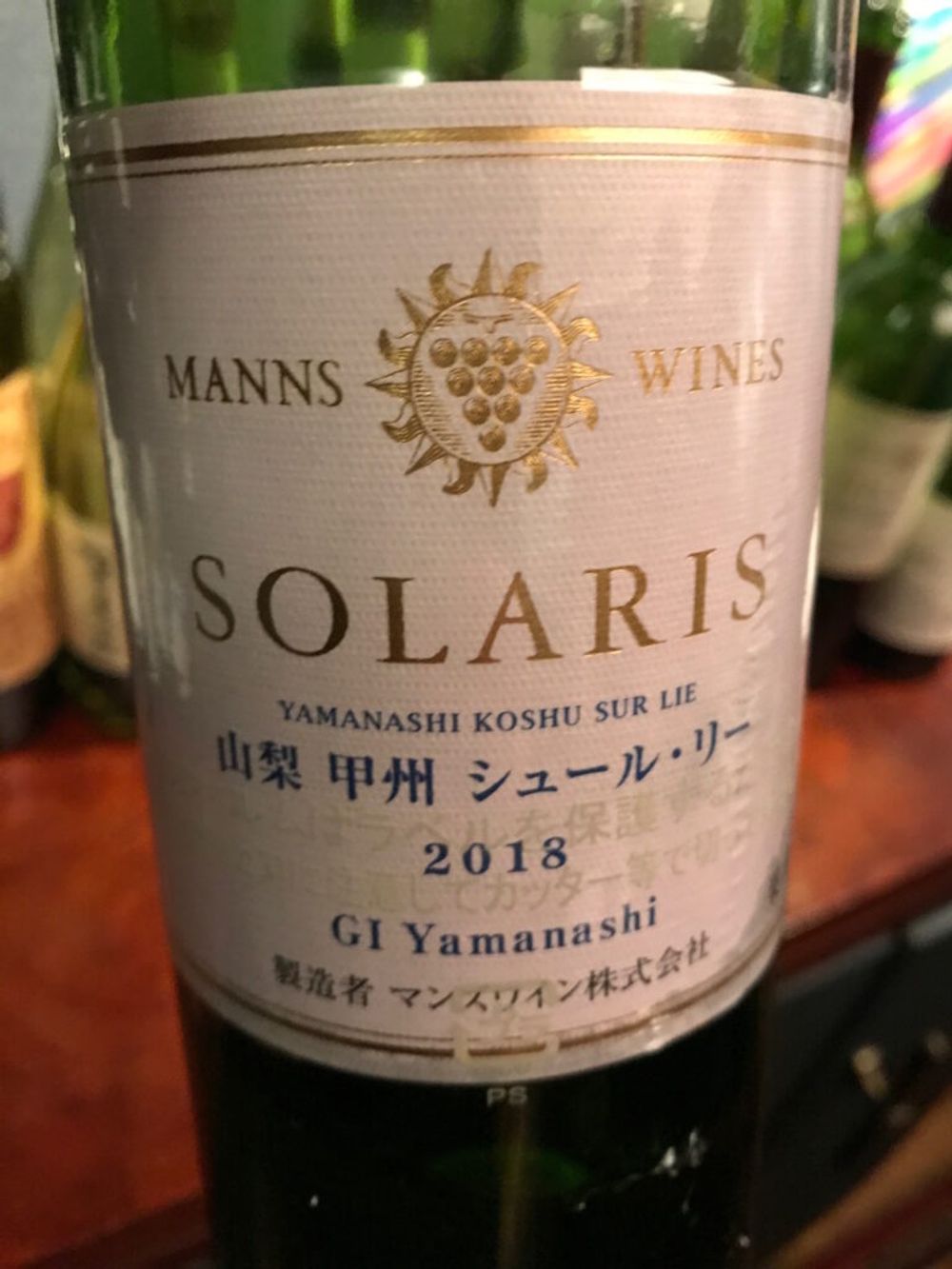
The wines we tasted:
Most of the wines in the tasting were from the cool and rainy 2019 vintage that was challenging – some wineries got hit by hail four times in the season – and started 10 days later than normal with the fruit having extended hang time. Having said that 2019 is noted for its ‘beautiful acidity and balance’.
Fujiclair Koshu Sur Lie, 2019
Affiliated to its sister food company, and established in 1963, this winery’s Koshu was almost water white, fresh, delicate, floral, with hints of nashi pear, mandarin, nuts and fennel; a slight twist of astringency/ saltiness in the background. Nice fine texture, good acidity.
Haramo Koshu, 2019
Pressed juice was added to free-run to add complexity and structure to the wine from this boutique, 1924-established, family-run winery, using grower-sourced grapes. Spring blossom scented, touch of Cream Soda, clean, fresh, light, a bit of bite at end – bone dry finish.
Soryu Curious Type N, 2019
Established in 1899, the winery was founded by relatives of the two men who travelled to France to learn winemaking techniques, returned and are credited with being pioneers of modern winemaking in Japan. One of five Koshu wines, this is water-white, tiniest shade of pink, complex nose, more body than the previous two wines, floral notes, with black tea, yozu. Nice mineral texture.
Grace Cuvée Misawa Akeno Koshu, 2019
Winemaker Ayana Misawa doesn’t like the lees-style of Koshu winemaking thinking it adds yeasty flavours. She uses vines that have vertical shoot positioning instead of traditional pergola trellising as it reduces yield and gives a natural intensity to the wines. Lovely, intense saline finish. Characteristic mineral profile to the wines.
Lumière Prestige Class Orange, 2019
Carbonic maceration, two weeks skin contact and barrel-ageing are used in this orange wine; amber coloured with very expressive notes of orange zest, tangerine, ripe melon, touch of oak; textural, slightly tannic, savoury and saline. A sommelier’s dream wine from Japan’s oldest family winery (established 1885).
Château Mercian Fuefuki Koshu Gris de Gris, 2019
Fermentation and ageing in steel and oak barrel brings a pale copper tone, complexity with a touch of oak, a saline streak, creamy texture and richness. Kirin owns Mercian, a winery that also hails from the nineteenth century.
Suntory Tomi no Oka Koshu, 2019
Vertical-shoot vines’ fruit is added to estate-owned fruit to bring intensity and floral notes to this wine. Pure, expressive, juicy and fresh which turns savoury in the mouth. Textured, with an attractive grapefruit bite on the finish. 16% of the wine is matured in French oak for five months, the rest steel. Interesting that Suntory started life as a winery.
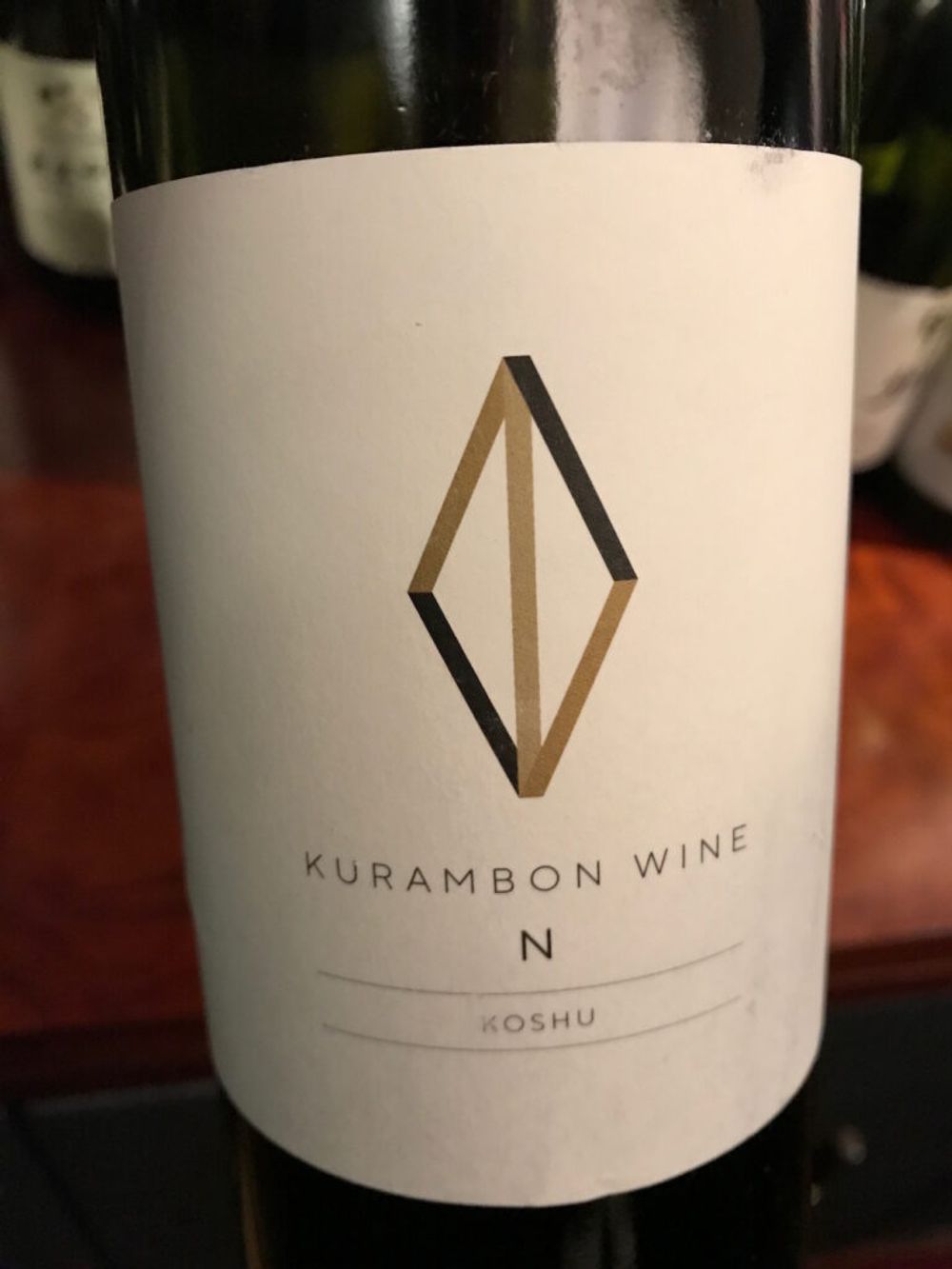
Kurambon N Koshu, 2019
Fermented in barrel using indigenous yeasts, bottled unfiltered, with some biodynamic principles used in the farming. This had a very fine, gold hue to the wine and was the most Burgundian of the 10 wines, with the barrel-ageing bringing texture and structure. On the nose was oak, banana tatin, brazil nuts, Old English Spangles (butterscotch, liquorice). Really juicy on the mid-palate.
Manns Solaris Yamanashi Koshu Sure Lie, 2018
Owned by Kikoman (“so they should know something about fermentation” said Rose), Manns is the largest producer of Koshu wines in Japan, and has made this wine slightly oaked, although the wine is still incredibly subtle, fruit aromas, juicy texture with a nice dry finish.
Katsunuma Jyozo Aruga Branca Pipa, 2017
One of the largest Koshu producers, with Bordeaux connections, this is one of five Koshu wines produced. The wine is barrel fermented, is light golden showing a touch of oak, a smoky, almost nutty oxidative whiff; on the palate it is savoury, then saline, with refreshing acidity and a lovely, bone dry finish.
Things you may not know about wine in Japan
- 95% of all Japanese wine is imported into Japan in the form of bulk wine made elsewhere.
- There is no control over yields in Japanese vineyards – average quality yields is between 80-100 hectolitres per hectare. Top producers, however, pay a premium for lower yield fruit.
- There is no cru or appellation system.
- Wine has only been made in Japan for 130 years, although table grapes have been grown there for 1300 years
- Quality table wine only started being produced in the 1980s
- Most vines in Japan are grown almost exclusively on slopes (350-700m altitude) this is because this was the only arable land on which rice couldn’t grow
- Japanese wine is similar to Beaujolais and Portugal in that it is a wine industry where growers have a significant role – small landholders who grow grapes on plots averaging just ½ a hectare
- There are 331 wineries making Koshu wine
